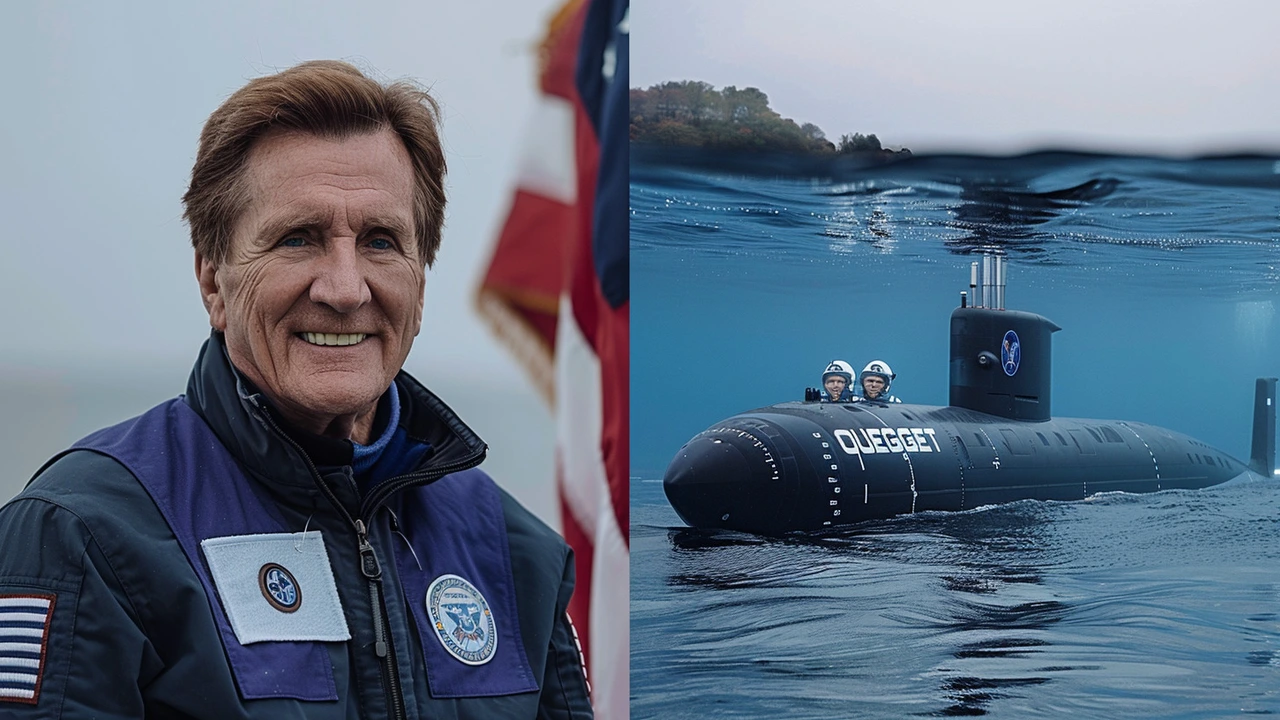Deep-Sea Diving: What You Need to Know Before Going Deep
Deep-sea diving can be thrilling, but it changes how you breathe, move and think underwater. Recreational diving usually tops out at 40m. Anything deeper needs extra training, different gas mixes and stricter safety rules. If you want real depth and big animal encounters, plan carefully—depth makes small mistakes dangerous.
Top African deep diving spots
Red Sea (Egypt): Famous for clear water and steep walls. Sites around Sharm, Hurghada and Dahab offer deep walls, canyons and wrecks. The Blue Hole near Dahab is iconic—but it’s also risky for untrained divers.
South Africa: Aliwal Shoal and Protea Banks deliver big-animal action—sharks, ragged-tooth sightings and powerful currents. These sites suit experienced divers and operators who run current-aware dives.
Mozambique: Tofo and Ponta do Ouro are great for whale sharks, mantas and wide sandy drops. Visibility varies, but encounters with megafauna are common in season.
Tanzania & Seychelles: Mafia Island and some Seychelles atolls attract whale sharks and offer deep reef walls. Seasonal windows matter—check local reports for best times.
Safety, training and gear checklist
Training first. Get the right course. Start with Open Water, then Advanced Open Water and a Deep Diver specialty if you plan to go past 30–40m. For dives beyond 40m you need technical training, trimix skills and staged decompression practice.
Dive planning is non-negotiable. Always plan max depth, bottom time, gas switches and emergency procedures. Use a dive computer and cross-check it with a backup plan or tables. Mark your surface with a DSMB. Agree roles with your buddy and stick to the plan.
Essential gear: a reliable regulator, dive computer, backup computer or tables, SMB/DSMB, reel, strong dive light, and redundant air if you go technical. Use a suit that matches local water temps and a well-fitting BCD. For deep or current dives, add a cutting tool and surface signalling devices.
Gas choices matter. Nitrox extends no-decompression time but isn’t always safe for deep mixes. Technical divers use trimix to manage narcosis at depth. Never use gases you’re not certified to handle.
Operator checks: pick operators with good safety records, well-maintained tanks and clear emergency plans. Ask about oxygen availability, evacuation options and recent equipment maintenance. A quick chat with the dive guide about currents and visibility tells you a lot.
Conservation matters. Deep sites often host slow-growing corals and rare species. Avoid touching the reef, control your buoyancy and follow local rules about wildlife interactions. Your bottom time and ascent choices protect both you and the ocean.
Want to try deep-sea diving? Start with proper training, join experienced guides, and build up depth slowly. Respect the limits, double-check your gear, and pick seasons and operators that fit your skill level. The deeper you go, the more preparation pays off—and the better the experience will be.
A year after the OceanGate Titan submersible tragedy, Ohio billionaire Larry Connor is setting his sights on a new $20 million mission to the Titanic wreck. Partnering with Triton Submarines co-founder Patrick Lahey, they plan to dive over 12,400 feet in the Triton 4000/2 Abyssal Explorer, highlighting advancements in deep-sea exploration and safety.






